Barcelona
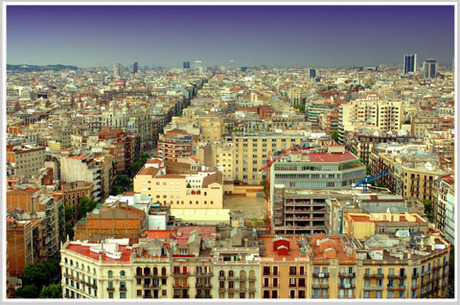
The Eixample is a district of Barcelona between the old city (Ciutat Vella) and what were once surrounding small towns (Sants, Gràcia, Sant Andreu etc.), constructed in the 19th and early 20th centuries. Eixample attracts the tourist with its fabulous sights and with unique atmosphere.
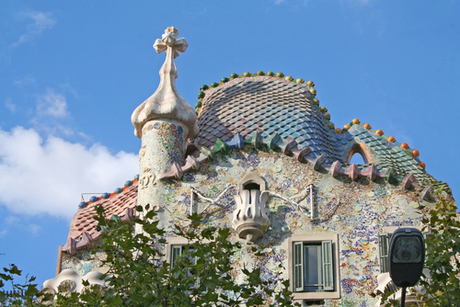
Casa Batlló is a building restored by Antoni Gaudí and Josep Maria Jujol, built in the year 1877 and remodelled in the years 1904–1906; located at 43, Passeig de Gràcia (passeig is Catalan for promenade or avenue), part of the Illa de la Discòrdia (the "Block of Discord") in the Eixample district of Barcelona, Spain. Gaudí's assistants Domènec Sugrañes i Gras, Josep Canaleta y Joan Rubió also contributed to the renovation project.
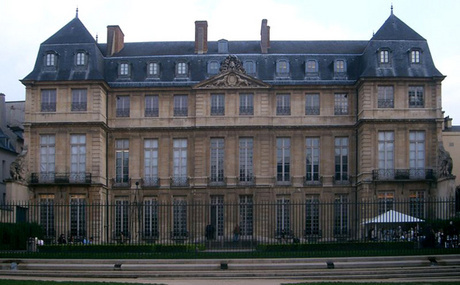
If you are visiting Barcelona and have any interest in the art world at all, you cannot deny yourself a visit to the Picasso Museum. Featuring one of the most extensive collections of the famous 20th century Spanish artist, Pablo Picasso, this museum is housed in five interconnected medieval palaces in the Barri Gothic, the centre of the old city of Barcelona.
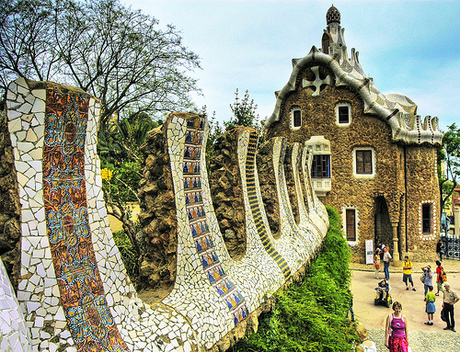
Park Güell is a garden complex with architectural elements situated on the hill of el Carmel in the Gràcia district of Barcelona, Catalonia, Spain. It was designed by the Catalan architect Antoni Gaudí and built in the years 1900 to 1914. It is part of the UNESCO World Heritage Site "Works of Antoni Gaudí".
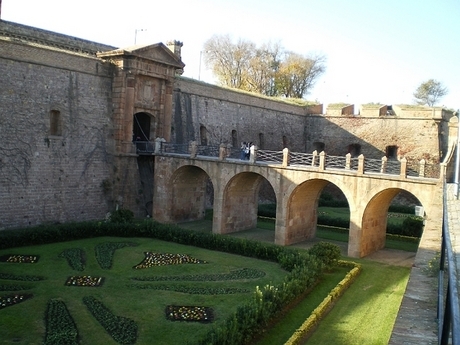
Montjuïc Castle, built on a site giving an all-round command of the town, its harbour and approaches with the objective of subjecting the people of Barcelona to Spanish rule, was first built in 1640. 50 years later —between 1705 and 1714— it became a key site in the War of the Spanish Succession. Montjuïc Castle gained its current appearance in the middle of the 18th century.
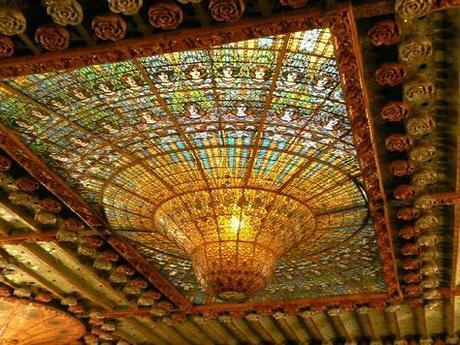
Opened on February 9th 1908, the Palau de la Música Catalana is one of the most representative buildings of Catalan Modernist style.
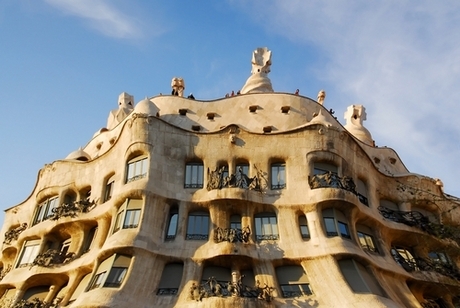
Casa Milà, commonly known as La Pedrera is the largest civil building designed by Antoni Gaudi. The apartment block was constructed between 1906 and 1910. It was Gaudi's last work before devoting himself to the construction of the Sagrada Familia.
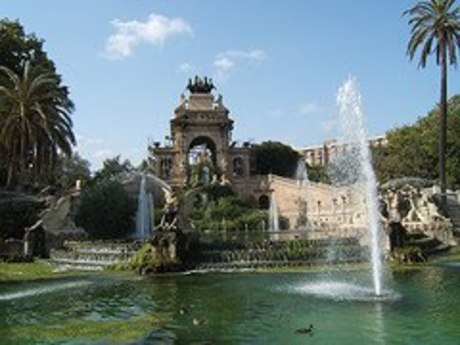
The Parc de la Ciutadella is a large green space covering some 30 hectares/75 acres on the northeastern edge of the old town. It was laid out on the site of the razed citadel, which Philip V had built to suppress the rebellious population and to safeguard the harbor district. Here can be found pathways, flower-covered terraces, waterfalls and monuments. One of the park's most pleasant attractions is the "Umbracle", a structure of brick and wood with the interior filled with tropical plants. As well as museums and the zoo, some local government offices (including the Parlament de Catalunya) are situated here.
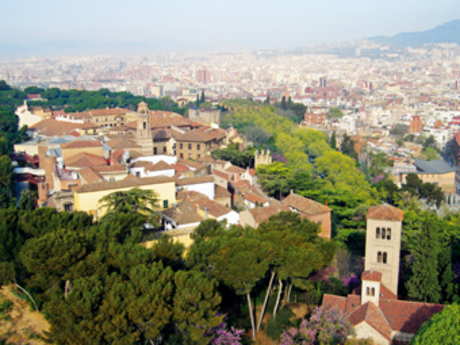
The Poble Espanyol (Spanish Village) was built for the 1929 International Exhibition in Barcelona on the Montjuïc hill. Its aim was to show visitors a representative sample of Spanish architecture.
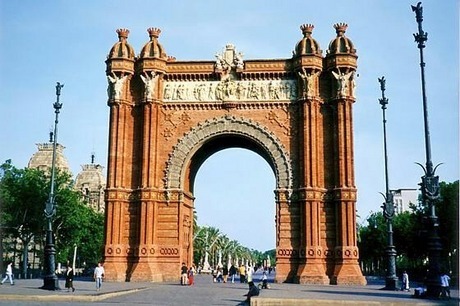
The Arc de Triomf is a triumphal arch built with colorful brickwork in mudéjar style. The arch, designed by the Catalan architect Josep Vilaseca, is adorned with a large number of statues and reliefs. It was built for the Exposición Universal de Barcelona (1888), as its main access gate by architect Josep Vilaseca i Casanovas.
 12 3 4 5 6
12 3 4 5 6 
